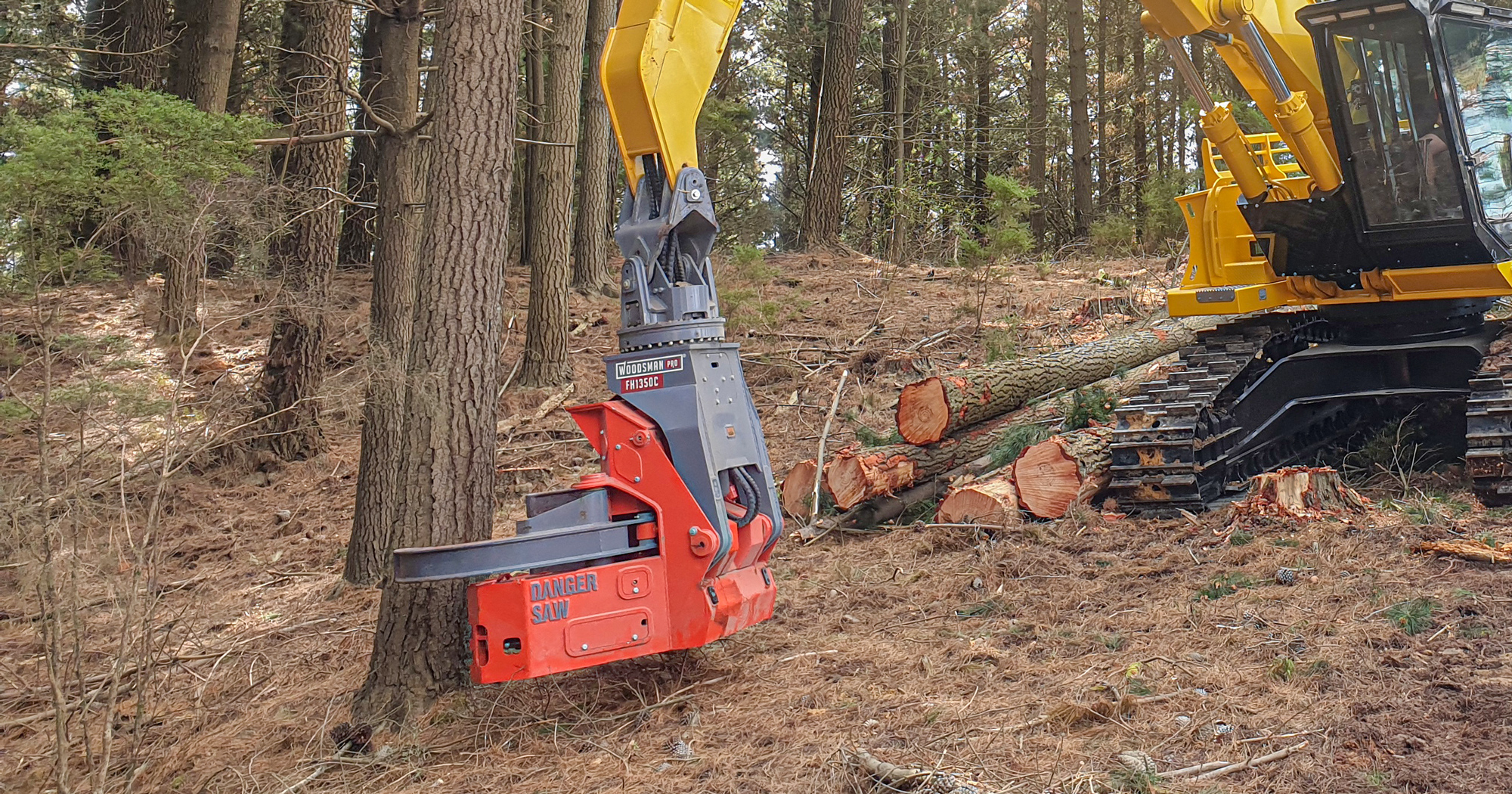Mastering the Art of Tree Felling: Essential Maintenance Services for Your Landscape
Tree felling is an essential aspect of landscape maintenance that often goes overlooked until it's absolutely necessary. Whether due to disease, storm damage, or simply a tree that has outgrown its space, knowing when and how to handle tree removal is crucial for the health and aesthetics of your outdoor environment. Mastering the art of tree felling not only ensures the safety of your home and property but also lays the groundwork for a thriving landscape that can flourish in the absence of crowding or damaged trees.
Engaging professional tree felling services can make a significant difference in achieving your landscaping goals. These experts bring in-depth knowledge of tree biology, growth patterns, and the correct techniques needed to fell trees safely and effectively. By understanding the various maintenance services available, property owners can make informed decisions that enhance their landscapes while protecting themselves from potential hazards associated with poorly executed tree removal.
Understanding Tree Felling Techniques
Tree felling is a skilled task that requires a deep understanding of various techniques to ensure safety and efficiency. One of the most common methods is the notch-cut method, which involves creating a notch on the side of the tree facing the desired direction of fall. This notch serves as a guide and helps control the tree's trajectory when it begins to fall. The notch is usually made using a chainsaw, and its depth and angle can significantly influence the outcome.
Another important technique is the back cut, which is performed on the opposite side of the tree from the notch. This cut is made slightly above the bottom of the notch and is crucial for initiating the fall. The back cut essentially removes the supporting wood, allowing gravity to take over. It is vital to maintain a proper escape route when executing this cut, as safety is paramount in tree felling operations.
In addition to these fundamental techniques, felling methods can vary based on the tree size and location. For instance, larger trees may require technical rigging and the use of ropes to control the fall safely. In densely populated or wooded areas, felling may involve more advanced techniques to minimize damage to surrounding structures or trees. Understanding these various methods is essential for anyone involved in tree care and maintenance services.
Safety Measures When Felling Trees
Felling trees can be a dangerous task if proper safety measures are not followed. It is crucial to wear appropriate personal protective equipment, which includes a hard hat, safety glasses, gloves, and steel-toed boots. Hearing protection is also recommended when using a chainsaw, as the noise can be damaging over time. Ensure that your clothing is free from loose fabric that might get caught in machinery or brush. These safety measures help to minimize risks and protect the individual carrying out the tree felling.
Before starting the felling process, it is important to evaluate the area surrounding the tree. Make sure to check for overhead power lines, nearby structures, and the slope of the terrain. Identify a clear escape route in case the tree falls unexpectedly. Establish a safe zone away from the tree where bystanders can watch from a distance. Clear the area of any obstacles that may hinder movement or cause accidents. This preparatory work is essential in reducing the likelihood of injuries.
During the felling process, maintaining situational awareness is key. Be mindful of the tree's lean and the direction in which it is likely to fall. Use proper cutting techniques, such as making a notch cut and a felling cut, to ensure a smooth and controlled fall. Always have an assistant nearby, especially if you are inexperienced, as they can provide help in case of an emergency. By focusing on safety and strategic planning, you can significantly reduce the risks associated with tree felling activities.
Post-Felling Maintenance and Care
After tree felling, the work does not end there. Proper maintenance is crucial to ensure the health and safety of your landscape. Initially, removing any remaining debris, such as branches and stump remnants, is important. This not only enhances the aesthetic appeal of your yard but also prevents potential accidents that might occur from tripping over leftover materials. Additionally, cleaning up the area allows for better access if you plan to plant new trees or shrubs in the future.
Following the debris removal, focus on assessing the soil condition around the felling site. The removal of a tree can disrupt the surrounding ecosystem, so it is vital to check for compacted soil or nutrient depletion. Amending the soil with organic matter can improve its health and prepare it for new plantings. Furthermore, monitoring spez-ag for any signs of erosion or moisture imbalance is essential to maintain a stable environment conducive to growth.
Finally, regular inspections should be scheduled to observe the remaining plants and the overall landscape health. Pay attention to any invasive species that might take advantage of the newly opened space. Implementing a strategic maintenance plan, which may include watering, mulching, and fertilizing, can foster the growth of new plants while ensuring the ecosystem remains balanced. By committing to thorough post-felling care, you can create a thriving landscape that benefits from the changes made.
